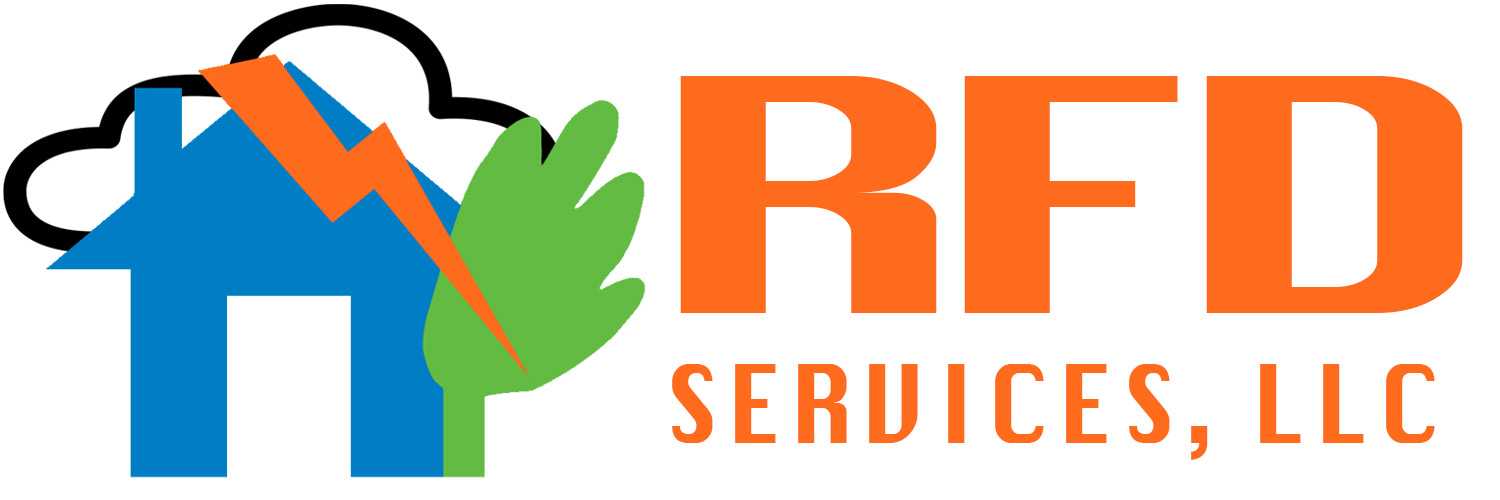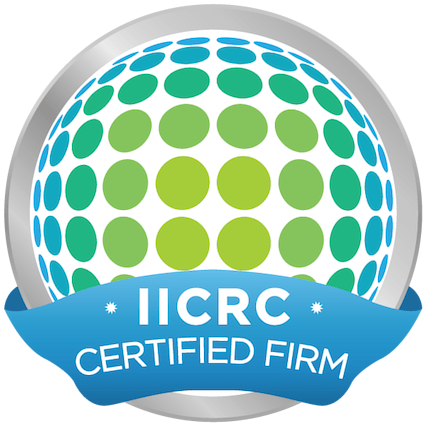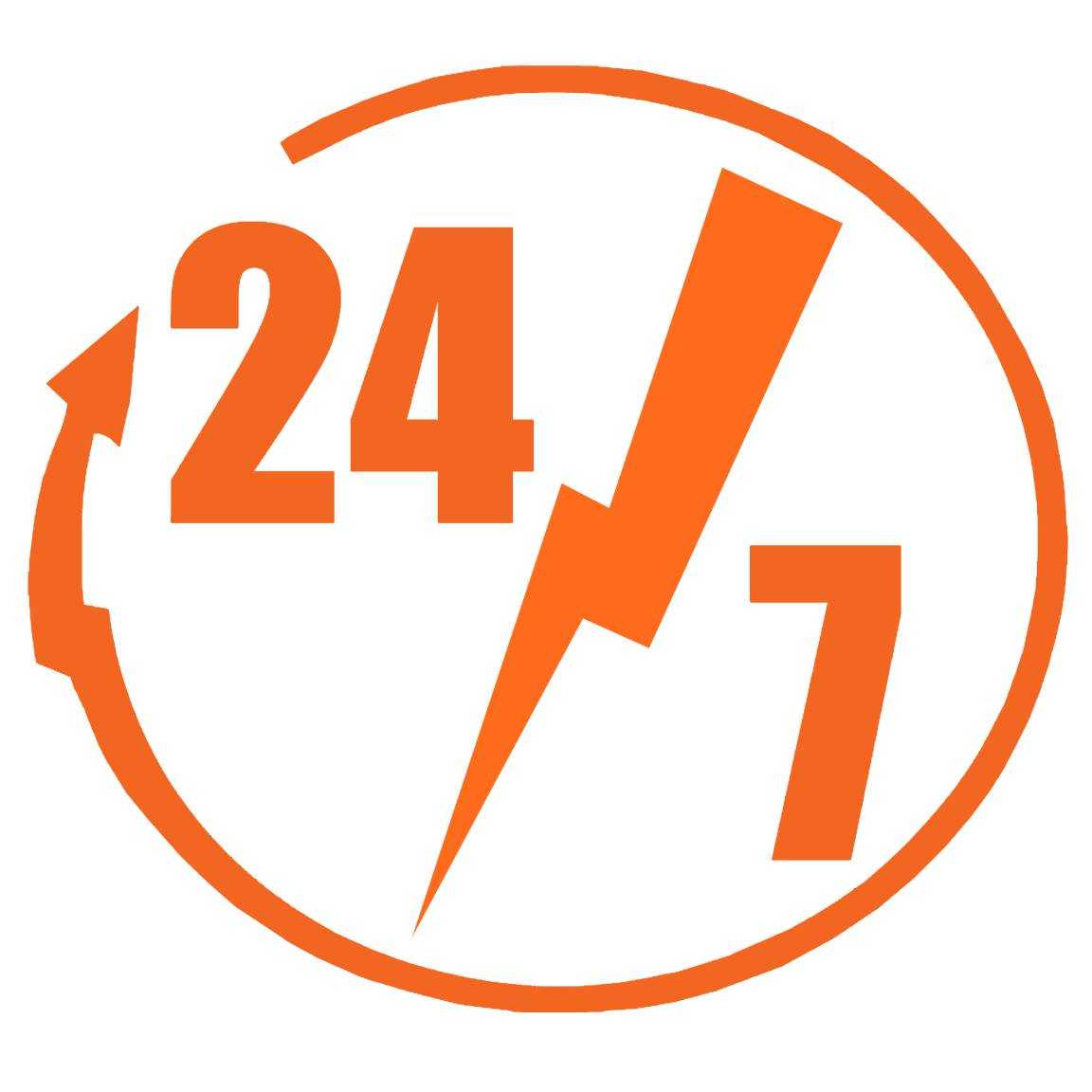Storms have the potential to cause mass-level destruction. Storms unleash a destructive force that can create havoc on our surroundings and destroy everything that comes their way. From property damage to environmental devastation, the impact of storms can be immense. Storms like hurricanes, tornadoes, and blizzards are dangerous to homes, buildings, roads, and nature. That’s why immediately identify any storm damage to your roof and call a roofing company like RFD Services, LLC, that provides 24/7 storm restoration services.
Identify the Cause of Storm Damage:
From thunderous winds to torrential rain (leading to flooding), storm damage takes many forms, each more menacing than the last. Some common examples of storm-related damage are roof, tree, infrastructure, and power line damage.
Here are the most common types of storms that cause massive destruction:
Wind Storm
Windstorms are characterized by high or strong winds that can significantly damage properties, homes, and ecosystems. Windstorms ranging from 50 mph to 200 mph can cause major damage. Wind-damaged shingles need instant shingle repairs before they lead to further damage.
Rainstorm
The most damaging and destructive form of the storm is a rainstorm because it leads to structural and ecosystem damage. Torrential rainfall frequently results in flooding, sweeping away everything in its path. In such cases, timely flood and wind damage restoration becomes essential to minimize long-term impact and restore safety.
A hurricane could result in over 40 inches of rainfall in a single day, Depending on the storm’s severity!
Hail Storm
A hailstorm is a natural weather disaster that can cause severe damage to your homes, cars, and commercial properties. Hail comes in a variety of sizes, ranging from the size of a pea to a grapefruit. Roof hail damage signs involve leaky roofs, broken windows, or glass doors, leading to costly hail and wind repair. Roof damage from hail needs immediate roof repairs and replacement.
Roof Storm Damage Checklist: What To Do After A Storm?
After a storm, homeowners need to act fast and get emergency storm cleanup to stay safe. About 70% of homeowners face storm damage at some point; that’s why homeowners must have basic knowledge about storms and how to tackle them. So, when a storm is on the horizon, you might have to keep an eye out for the after-storm issues.
If you’ve recently had to deal with a storm and found storm damage to your roof, you’ll need to do several things to sort that out as soon as possible.
Assess The Damage
Start by roof inspection after a storm, checking for broken or missing shingles, any roof leak after a storm, and look for open seams, rusted nails, or areas that sag. Make sure to take photos or videos of the damaged areas for insurance purposes.
Call Your Homeowners Insurance Provider
Report the damage to your insurance company and initiate the claim. Gather information regarding storm damage to your roof and a rough estimate of storm damage repair services.
Hire A Trusted Roofing Contractor
It’s important to work with a trusted roofing contractor. Roofers and repair companies are likely to be busy after a large regional storm and may try to compete for your business by offering discounts or deals. If it sounds too good to be true, it probably is.
Repair Your Roof
Have emergency roof tarping by the contractor. If your insurance claim is approved, they may pay the contractor directly. Repairing can depend on the extent of damage; if the roof is severely damaged, then it may need roof replacement.
Conclusion
Storm damage to a roof can lead to various issues, including leaks, structural weakness, and even mold growth, potentially affecting the home’s safety and value. Addressing storm damage promptly through inspections, repairs, or replacements is crucial to prevent further deterioration and protect the home’s integrity. Claim your insurance amount from your insurance company and repair your roof immediately!
FAQs
How can wind damage the roof?
According to the National Severe Storms Laboratory (NSSL), wind above 50 to 60 mph can rip off the roof.
How to protect the roof from a storm?
To protect your roof from a storm, prioritize regular maintenance, use a high quality roofing material and build a roof that can handle up to 150 mph of wind.
Will my insurance company pay for my roof to be replaced?
Depending on the extent of damage that has occurred, your roof may need repair rather than replacement.Cost insurance companies will pay for the cost of replacement directly to the contractor.
What does ACV mean on my insurance paperwork?
ACV stands for “Actual Cash Value.” This is what the damage to the property is worth at the time of loss or damage.
How much does it cost to repair a roof after storm damage?
The cost to repair a roof after storm damage varies depending on the extent and type of damage, the size and type of the roof, and the materials used.



